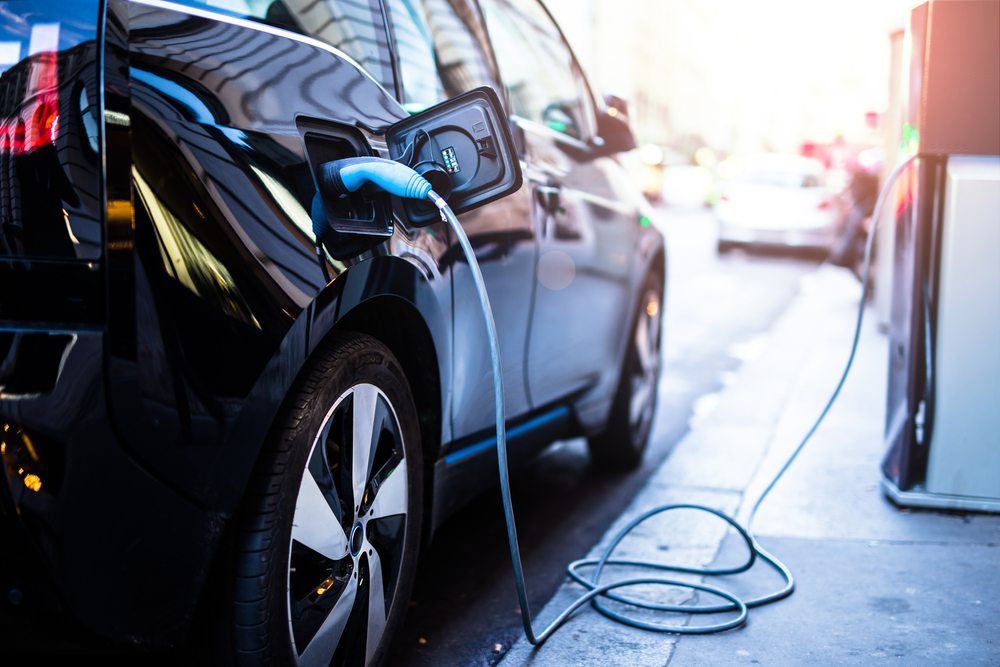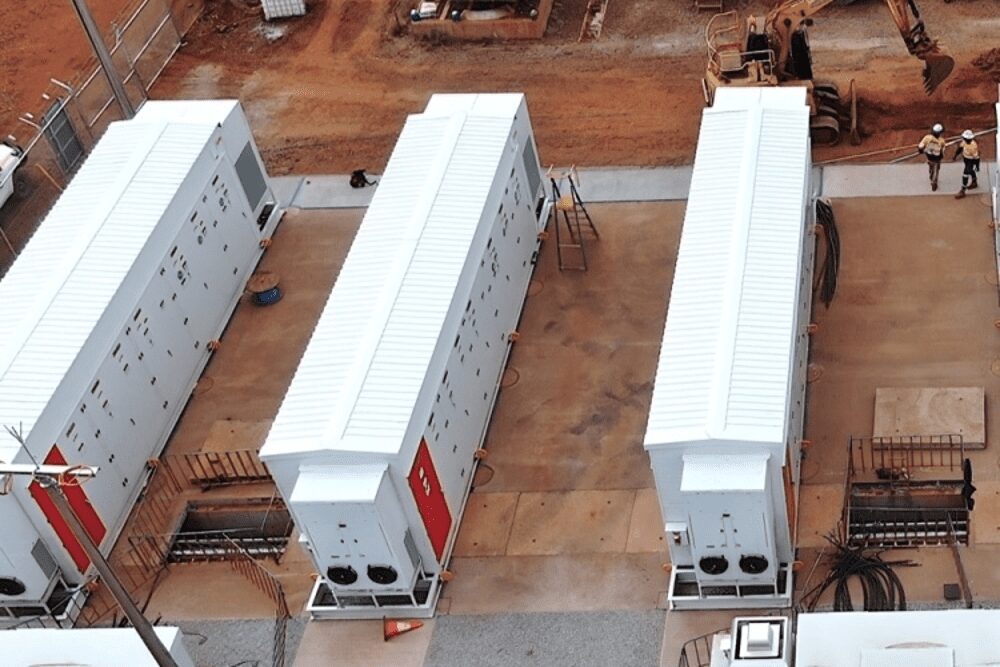
Supportive policies in China, North America and Europe have led to the rapid development of public and residential electric vehicle charging markets.
As electric vehicles climb to 13.8 per cent of new vehicle sales globally by 2030, these regions will see their EV charger markets grow as well.
From a 2019 starting point of approximately 1 million EV chargers each in Europe and China and 1.3 million in North America, charger installations will climb over the next 10 years.
By 2030, there will be 8.6 million EV charging outlets installed in Europe, 9.8 million in China and 10.8 million in North America, according to Wood Mackenzie’s Residential and Public EV Charging Outlet Forecast 2019-2030: H1 2020 report.
Today, public charging infrastructure deployment in North America trails significantly behind Europe. Over the next 10 years, public charging in most regions will transition from a policy-driven market to a profitability-driven market, as customer awareness, charger coverage and technology improve. Europe will hit this threshold before North America does.
However, North America will gain ground on Europe in the second half of the 2020s, as state and potentially national electrification policies and utility EV infrastructure programs continue to combat range anxiety. The U.S. will catch up to Europe on public charger deployment. China will continue to lead on public charging infrastructure globally in 2030, a result of state-driven build-out.
Drivers for public EV charger deployment
In the U.S. and Europe, the public charger markets are driven by supportive utility and government incentive programs in addition to technological and business-model innovation. However, energy service divisions of national and regional utilities in Europe have been more active in building e-mobility businesses and deploying charging infrastructure than have leading U.S. utilities.
In the U.S., utilities that are trying to get more involved in the growth of public charging infrastructure are limited by regulatory boundaries precluding or limiting ownership, investment and EV services.
In China, strong central government support is the driving force behind public charger deployment (as well as the impracticality of home charging).
China is expected to fall short of its official target of 3 million public EV charging outlets installed by 2030. Wood Mackenzie expects China to install only 2.3 million public chargers by 2030 (but even this figure still outpaces all other regions by nearly 900,000 charging outlets).
China’s public charging market is a mixture of utility-owned and privately owned stations. Incentives are driving the installation of public chargers, with an emphasis on fast-charging, even if they are not profitable for the operator.
The Chinese government’s focus on fast-charging technology will be key to ensure that shared chargers operate smoothly.
Comparing residential charging markets
Residential charging will continue to be the preferred charging method across all geographies, and by 2030 North American consumers will have installed more than two million more residential chargers than China and nearly three million more than Europe.
In North America, EV owners have been able to take advantage of both financial and non-financial incentives to purchase and/or install residential chargers, contributing to residential charging’s dominance.
The layout of cities and towns is also an important factor. Compared to the U.S., a smaller percentage of the European population lives in single-family homes with dedicated street or garage parking.
The same is true in China, where residential charging is a challenge because most of the population lives in dense cities. As that country continues to urbanize, new mega-cities are being built with large apartment buildings and advanced public transport systems, leading to even fewer home-charging outlets being installed.
In addition to physical constraints to installing a home charger in China, regulatory and administrative roadblocks are also a factor. Installing an EV charger at home in China can take months, as EV owners need to have inspections conducted and submit paperwork to the grid company, district management company and the civil preparedness bureau.
Impact of the coronavirus pandemic on charger deployments
COVID-19 is impacting EV supply chains and demand as the world slides into a recession, but the medium-term impacts are different for the residential and public charger markets.
The EV market will not be spared from the catastrophic demand destruction the coronavirus pandemic has unleashed on global passenger vehicle demand.
Globally, Wood Mackenzie expects the coronavirus crisis to lower EV sales by 43 percent versus our previous baseline for 2020, thereby resulting in a drastic reduction of annual demand for new residential EV chargers.
Furthermore, shelter-in-place orders have limited or prohibited contractors from entering homes to install residential EV chargers, resulting in significant installation delays. Installations will rise again in 2021 as the economy recovers and demand for EVs returns.
The public charger market is expected to continue as planned in 2020, but it will slow down in the following couple of years as the industry reacts to market conditions.
These short- and medium-term challenges will continue to be tempered by significant policy support and EV infrastructure investment plans that will enable the charging market to fully recover by 2025.











